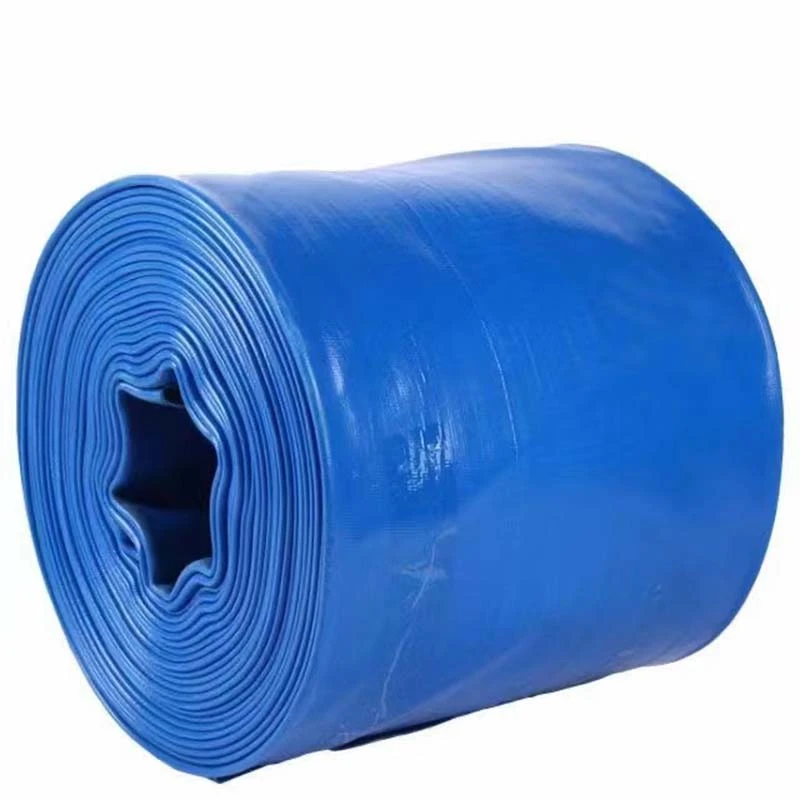Different Types of Fire Service Hoses and Their Applications
Types of Hose in Fire Service
In the realm of fire service, hoses play a vital role in combating fires and ensuring the safety of both emergency personnel and the public. The choice of hose can significantly affect the efficiency and effectiveness of firefighting efforts. Various types of hoses are utilized, each designed for specific applications and environments. Understanding the different types of hoses can help firefighters make informed decisions in the field.
1. Attack Hoses
Attack hoses are primarily designed for firefighting operations. These hoses are used to deliver water or fire-suppressing agents directly to the fire. Typically, they come in two sizes 1.5-inch and 2.5-inch diameters. The smaller diameter hoses are easier to handle, making them suitable for interior firefighting and initial attack operations, while the larger hoses allow for a higher flow rate, making them better suited for suppressing larger fires.
Attack hoses are often constructed from durable materials such as synthetic fibers or rubber, which offer both flexibility and resistance to heat, abrasion, and chemicals. Firefighters must ensure that the hoses are regularly inspected and maintained to prevent bursting or kinking during use.
2. Supply Hoses
Supply hoses are used to transport water from a fire hydrant or other water source to the fire engine or tanker. These hoses typically have larger diameters, often ranging from 3 inches to 5 inches, to accommodate the higher water flow required for firefighting operations. Supply hoses are critical for establishing a reliable water supply, particularly in large fires where multiple attack lines may be used simultaneously.
Constructed to withstand high pressures, supply hoses are usually made from robust materials that can endure harsh conditions. Fire departments often invest in large-diameter hoses to ensure they can quickly establish a steady water flow during critical incidents.
Booster hoses are lightweight, smaller-diameter hoses, usually 1 inch in diameter, designed for quick response situations. They are typically used for small fires or initial firefighting efforts where a full attack line may not be necessary. Booster hoses are often mounted on fire trucks for easy access and rapid deployment.
types of hose in fire service

One of the advantages of booster hoses is their flexibility and lightweight construction, making them easier for a single firefighter to handle. However, due to their limited flow capacity, they are best suited for containment rather than full suppression of larger fires.
4. Wildland Hoses
Wildland hoses are specifically engineered for firefighting in wilderness areas, including forests, grasslands, and brush. These hoses are typically lighter, more flexible, and constructed from materials that can withstand the harsh environments encountered in wildland firefighting.
Wildland hoses often come in smaller diameters—between 1.5 to 2 inches—to ensure easy transport and maneuverability through rugged terrain. Additionally, they are designed to resist abrasion and can be fitted with various nozzle types for different firefighting strategies.
5. Recovery Hoses
Recovery hoses, also known as a foam hose, are used in conjunction with foam systems to suppress flammable liquid fires. These hoses are designed to effectively mix and deliver foam concentrates while preventing the solution from breaking down or losing effectiveness. Recovery hoses often feature special couplings and are compatible with various foam agents.
The materials used in recovery hoses must be resistant to chemicals and capable of handling the pressures associated with foam delivery systems. Given the nature of the fires they are designed for, recovery hoses play a crucial role in industrial firefighting and situations involving hazardous materials.
Conclusion
The various types of hoses used in fire service each serve specific functions, enhancing the overall effectiveness of firefighting operations. From attack hoses that deliver water directly to the flames, to supply hoses that provide the necessary flow, the right hose can make a significant difference during emergencies. Proper training, maintenance, and selection of equipment are essential for ensuring the safety and efficiency of firefighting efforts. As technology advances, the materials and designs of firefighting hoses will continue to evolve, ensuring firefighters are better equipped to protect communities from the dangers of fire.
-
Upgrade Your Water Management with Premium PVC Water Hoses by Leading ManufacturersNewsMar.12,2025
-
Understanding PU Pneumatic Hose: A Comprehensive GuideNewsMar.12,2025
-
Transform Your Gardening Experience with Premium PVC Garden HosesNewsMar.12,2025
-
The Ultimate Guide to Polyurethane TubingNewsMar.12,2025
-
The Essential Guide to Lpg Hose: Safety, Quality, And ValueNewsMar.12,2025
-
Discover the Benefits of PVC Air HosesNewsMar.12,2025














